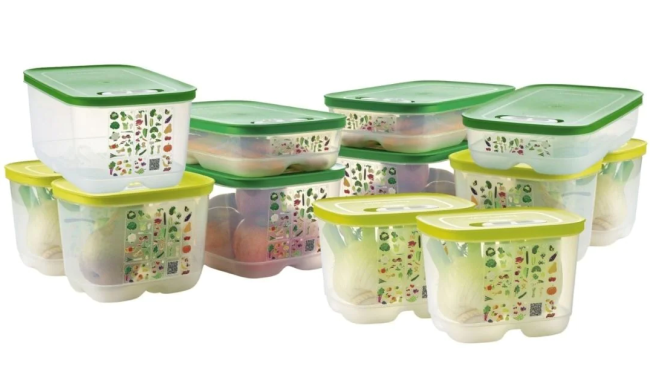Tupperware’s decline: when to adapt a winning strategy | WARC | The Feed
The Feed
Read daily effectiveness insights and the latest marketing news, curated by WARC’s editors.
You didn’t return any results. Please clear your filters.

Tupperware’s decline: when to adapt a winning strategy
Tupperware faces a cash crunch, with its debt load mounting and its stock price plummeting, as a once revolutionary technology and distribution structure failed to change with the times.
Why it matters
Suggested questions that people ask on Google can be telling: “Is Tupperware still a thing?” It appears not for much longer, as the company warns it could soon go bust.
But this is also a story of a company apparently satisfied with its selling strategy to the detriment of its marketing: that aspect of the company’s communications concerned with building and converting demand for the product, and trying to soften audiences to the prices being charging for it. Effectively, it failed to adapt, and appears to have mistaken the ubiquity of the brand’s name for salience.
In brief
- The business has been in steady decline: in 2013, it brought in revenues of $2.7bn; in 2022, it brought in just $1.3bn, a decline of 18% year-on-year, while SGA expenses including marketing grew as a percentage of sales, according to company filings.
- There was something of a blip in 2020 and 2021: as locked-down populations ate more at home, its revenues rallied somewhat, but as societies re-opened this fell away.
- Now the company’s status as a ‘going concern’ is uncertain, as it hires financial advisers for a restructure while risking delisting from the New York Stock Exchange.
- Famous for its Tupperware parties, the company still relies on a vast number of individual distributors even if it has had to wind down the operation in markets such as the UK as trends have moved on. The company now faces a sharp decline in the number of sellers and an absence of recognition among younger prospective buyers
Analysis
Its name has come to mean any plastic container for refrigerating food, and yet many people have never knowingly (or ever) bought a Tupperware-branded product.
Meanwhile, its Tupperware party distribution model has been the subject of many academic studies and vigorous debate around their cultural impact, namely their manner of proliferating an idea of femininity that was at once quaintly domestic and robustly commercial.
But that trend in the 1950s and 60s was deeply of its time and, for consumers, was the only way to a new technology that made the more revolutionary refrigerator even more useful. Now, however, it’s difficult enough to market a product, let alone marketing to individual distributor/hosts to then market the product for you.
Given the commodification of the category, it would perhaps have been a better bet for the company to invest in the brand and carve out some differentiation as the original and the best. Instead, it ploughed on doing what it knew.
This is not to say that the idea is dead in the water, especially when introducing a radically new product. In early 2020 some cannabis brands around the US (in states where the drug is legal) had started hosting “Tupperware part[ies], but for cannabis”, to create a less intimidating environment in which to learn.
Sourced from The Guardian, Tupperware, WARC.
[Image: Tupperware]
Email this content
